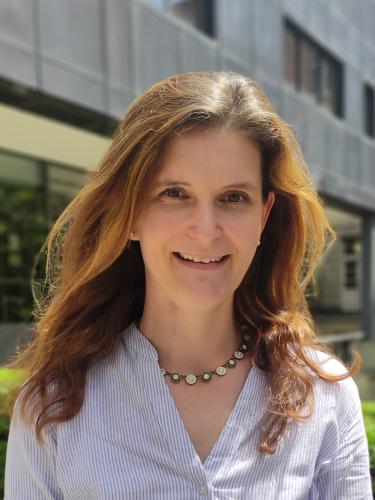Research TandemsTransforming Cultural Heritage in 3D
Potentials and consequences of the digitisation of cultural heritage
3D objects are becoming increasingly important in the digitisation of cultural heritage. A transdisciplinary research project involving archaeology, mathematics and sociology analyses the effects of this transformation process in the areas of perception and participation of cultural heritage. Within the framework of a best practice project, the digital recording of the UNESCO World Heritage site Barbarathermen Trier is being carried out.
Project description
Within the still young field 'Digital Heritage', 3D visualisations of monuments and objects show the highest speed of innovation. This concerns both new technical developments and forms of communication and interaction with real objects of cultural heritage and their digital representations. From a global perspective, permanent access to such 3D data has democratised access to cultural heritage and revolutionised its perception, but at the same time it has also revealed potential for conflict with regard to interpretive sovereignties, rights of use and data protection obligations. The urgent need for discussion and action in dealing with this form of interaction with digital heritage, both from the perspective of the humanities and the social sciences, is met by the research project by developing new standards for the processing of real and virtual objects.
The joint research is dedicated to a theoretical and practical analysis of the transformation processes that accompany the digitisation of cultural heritage in the form of 3D models. The participants from the disciplines of cultural heritage, computer science and sociology are jointly investigating several topics: in the theoretical area 'digital colonialism' and 'theory-guided use of 3D representations', as well as in the practical part 'integration of user perspectives in the development of museum applications and integration into university and school teaching' and 'visualisation and metadata structures for very large meshes'. A central component of the project is the implementation of a best-practice lighthouse project in the field of knowledge transfer and knowledge mediation, one of the practical goals of which is the recording and re-presentation of the World Cultural Heritage Site of Trier's Barbarathermen. The Barbarathermen - once the second largest bathing complex of the Roman Empire - represent a controversially discussed cultural heritage that is to be presented in a completely new way by means of digital mediation concepts. In addition to researching the theoretical foundations, the practical part of the research project also promotes innovative approaches in the area of technical implementation, for example in the processing and handling of large amounts of data that arise during digitisation.
Cooperation partner
The digitisation of the Barbarathermen is being carried out in cooperation with and with the support of the General Directorate of Cultural Heritage (GdKE) of the state of Rhineland-Palatinate.




